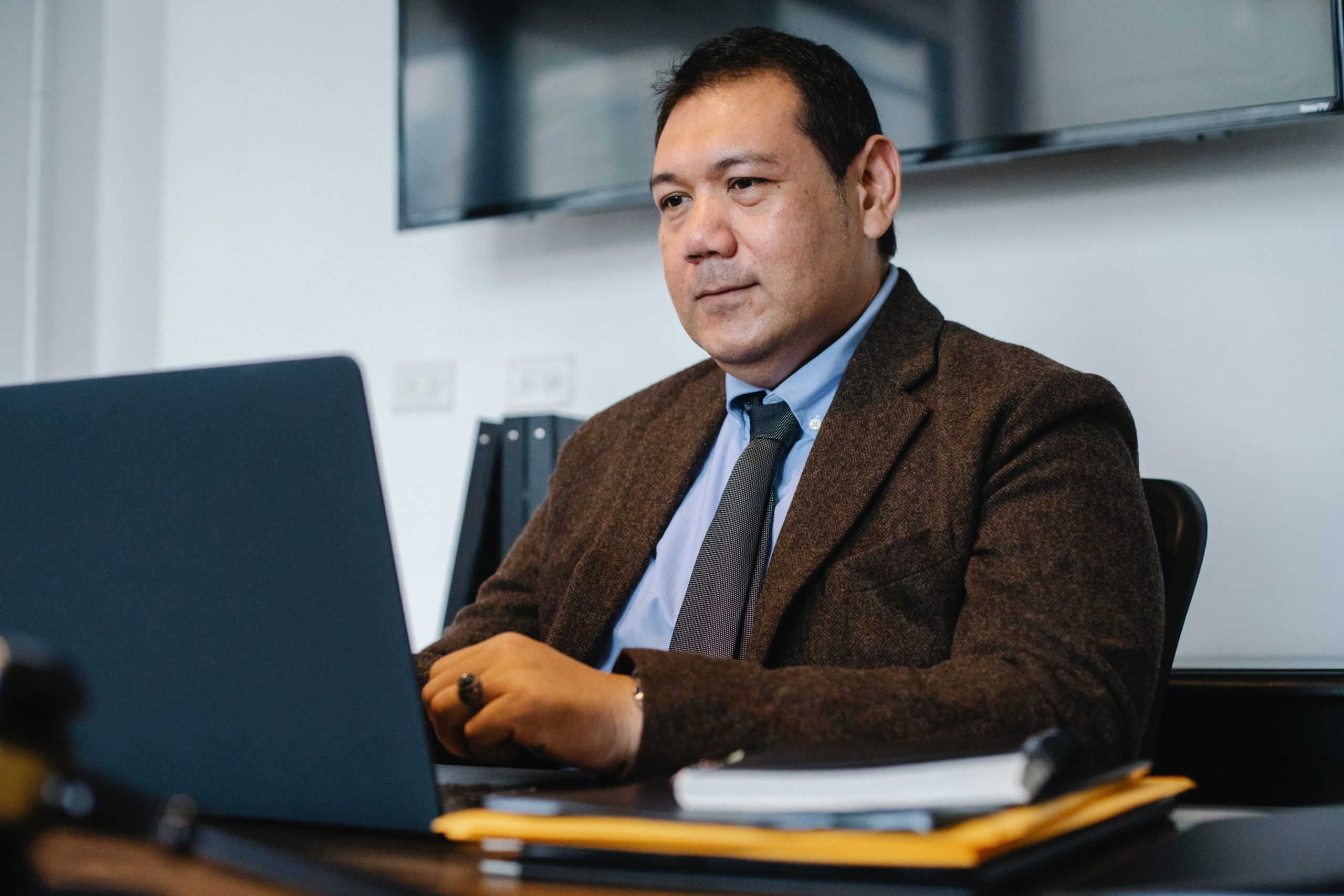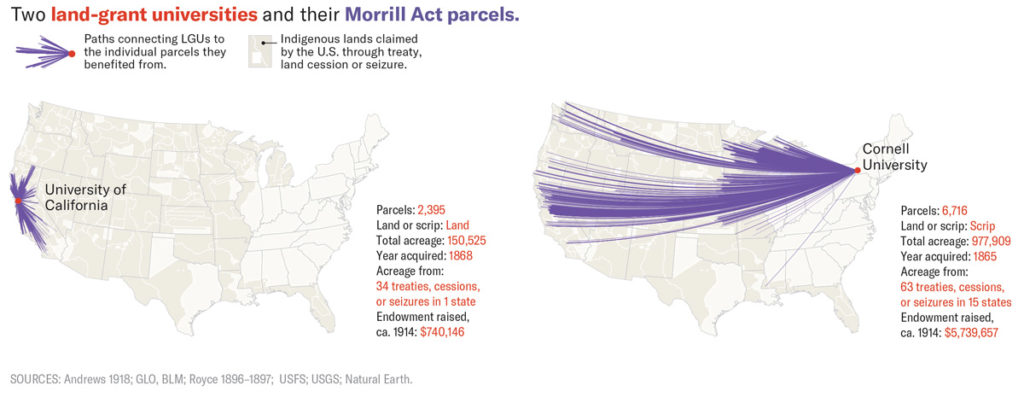To advance equity efforts, many institutions of higher education strive for better working relationships with local Indigenous communities by hiring or appointing a university tribal liaison officer.
What is a university tribal liaison officer?
The tribal liaison of a college or university acts as the leader of initiatives to connect the institution and the Indigenous people in their region, and as an advocate for equity efforts for the Indigenous community on campus.
Appointments of university tribal liaison officers can range from an Assistant Director in the Multicultural Affairs Office or the External Affairs Office, an Associate Vice President reporting to a VP of Student Affairs, or an Executive Director or VP reporting to the President.
(We didn’t find examples of a tribal liaison reporting to an academic dean, Provost, or VP of Academic Affairs, though there are many examples of Indigenous initiatives focused on research and teaching that are housed in Academic Affairs.)
Examples of titles for a university tribal liaison include:
- Executive Director of Office of Tribal Relations
- Chair of Tribal Relations
- Director of Tribal Relations
- Executive Director for American Indian/Alaska Native and First Nation Relations
- Tribal Liaison to the President
- Assistant Vice President Tribal Relations
- Vice President for Native American Initiatives
At many colleges and universities, the tribal liaison works as part of the institution’s diversity office. For example, at the University of Idaho, the tribal liaison’s title is Executive Director of its Office of Tribal Relations. At the University of San Diego, the Office of the Tribal Liaison is housed in the Center for Inclusion and Diversity.
Other institutions may integrate the tribal liaison role into their executive administration. At Western Washington University, the Executive Director for American Indian/Alaska Native and First Nation Relations/Tribal Liaison to the President works directly with the university President to ensure open communication between the school and Indigenous communities. The Executive Director represents the university and its President when working with the 29 federally recognized tribal nations in the state of Washington.
The role of the university tribal liaison
The work of a university tribal liaison officer potentially intersects with every corner of the campus including research, museum and library collections, cultural programming, student social life, instructional design, professional education, career services, and community relations.
This work often has both an external and internal focus: on the relationship between the college or university and the Indigenous communities in its region and on the needs of Indigenous students at the institution.
Regarding work with local Indigenous communities, a sample of the responsibilities in recent job descriptions for university tribal liaison officers includes:
- Ensuring open and consistent communication between the institution and the Indigenous tribes in the area.
- Meeting regularly with Indigenous leaders and affiliated organizations to build, strengthen, and sustain the government-to-government relationship with the university.
- Acting as the main representative for the college or the college president at meetings and other events with Indigenous groups.
- Establishing research protocols that prioritize tribal self-determination.
- Establishing and managing tribal consultation policies.
- Having a full understanding of the customs and cultures of the Indigenous communities.
- Advising university administrators on legislative and policy issues of concern to the region’s Indigenous communities.
- Creating and promoting the school’s Indigenous land acknowledgment.
- Raising awareness and understanding of the community’s Indigenous tribes within all offices and departments of the college or university.
The tribal liaison officer also promotes equity for the institution’s Indigenous students. In that respect, their responsibilities may include:
- Developing a strategic plan and program infrastructure for recruiting and retaining Indigenous students.
- Advocating on behalf of the school’s Indigenous students for needed programs and services.
- Identifying and building support areas needed for Indigenous students.
- Generating programs and events to educate the university’s student population about their Indigenous peers and local Indigenous communities.
- Creating and supporting Indigenous student organizations.
Offices of tribal affairs may also lead online education initiatives designed for the particular needs and interests of Indigenous communities. Oregon State University, for example, established the Ecampus Tribal Communities Initiative to build a sustainable and long-term engagement with the nine confederated Oregon tribes.
Related reading — Curricula That Accounts For All Students: A Look At Culturally Responsive Teaching In Higher Ed
Why does a university need a tribal liaison?
As we discuss in An Introduction to Indigenous Land Acknowledgements for College and University Leaders, many institutions are grappling with the fact that they sit on land stolen from Indigenous groups. Land-grant universities in particular continue to benefit financially from the sale of and rents on stolen land sometimes thousands of miles from campus.
Although every college and university in the United States has an Indigenous tribe in their region, many still struggle with recruiting and supporting Indigenous students.
In an interview with HigherEdJobs, Karen Francis-Begay, Assistant Vice Provost for Native American Initiatives at the University of Arizona, discusses the book Beyond the Asterisk: Understanding Native Students in Higher Education. The asterisk in the title refers to how commonly in disaggregated data the sample size on Indigenous students is too small to include. Many administrators and faculty don’t have good data-informed pictures of their Indigenous students.
Related reading — Disaggregating Learning Data to Support Equity Efforts: Resources for College and University Instructors
Francis-Begay offers the following suggestions for higher education institutions to help improve their service to Indigenous students, all of which would could potentially be supported by a tribal liaison:
- Include Indigenous students in all student data so they are no longer just an “asterisk.”
- Increase research efforts that consult with and benefit Indigenous communities and students.
- Recognize and understand how each tribal nation’s government operates.
- Institute programs to ensure the scholarships Indigenous communities invest in their students are used effectively.
- Further efforts to work with tribal colleges and universities.
- Develop programs to help Indigenous students navigate the university experience.
- Ensure your financial aid department has programs to help Indigenous students understand their payment, scholarship, and loan options.
Another reason colleges and universities may need a tribal liaison officer is if they struggle to participate in and contribute to the surrounding community in meaningful ways. Local Indigenous communities have a stake in how a college conducts all its work — language programs, public health programs, medical education, teacher education, research in the natural sciences and social sciences, distance education and digital learning, historical preservation, leadership development, career readiness, and cultural programming. A tribal liaison officer can support an institution committed to including the perspectives and needs of its local Indigenous community.
Equitable Language and Reframing: How We Think About Writing and Editing to Support Equity



